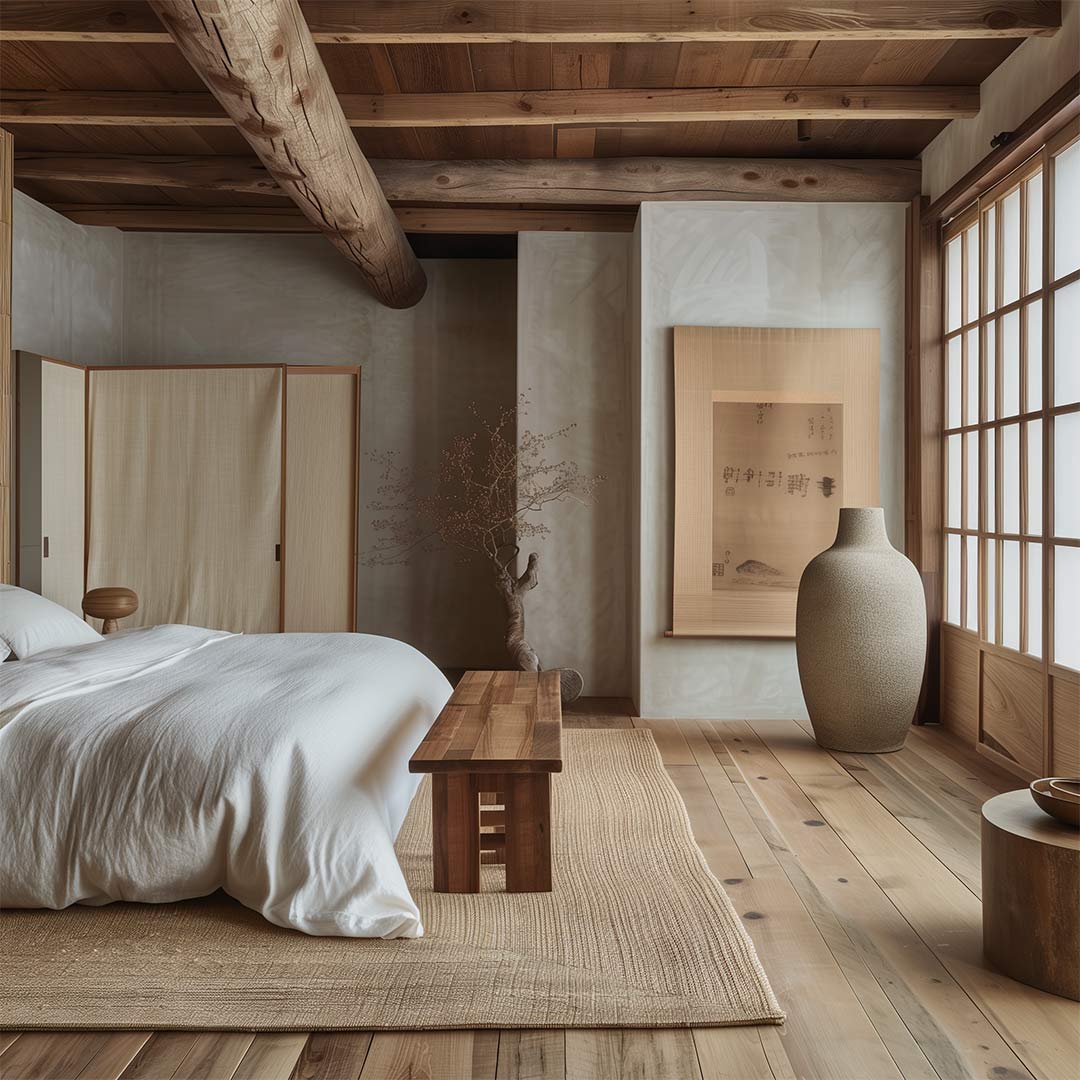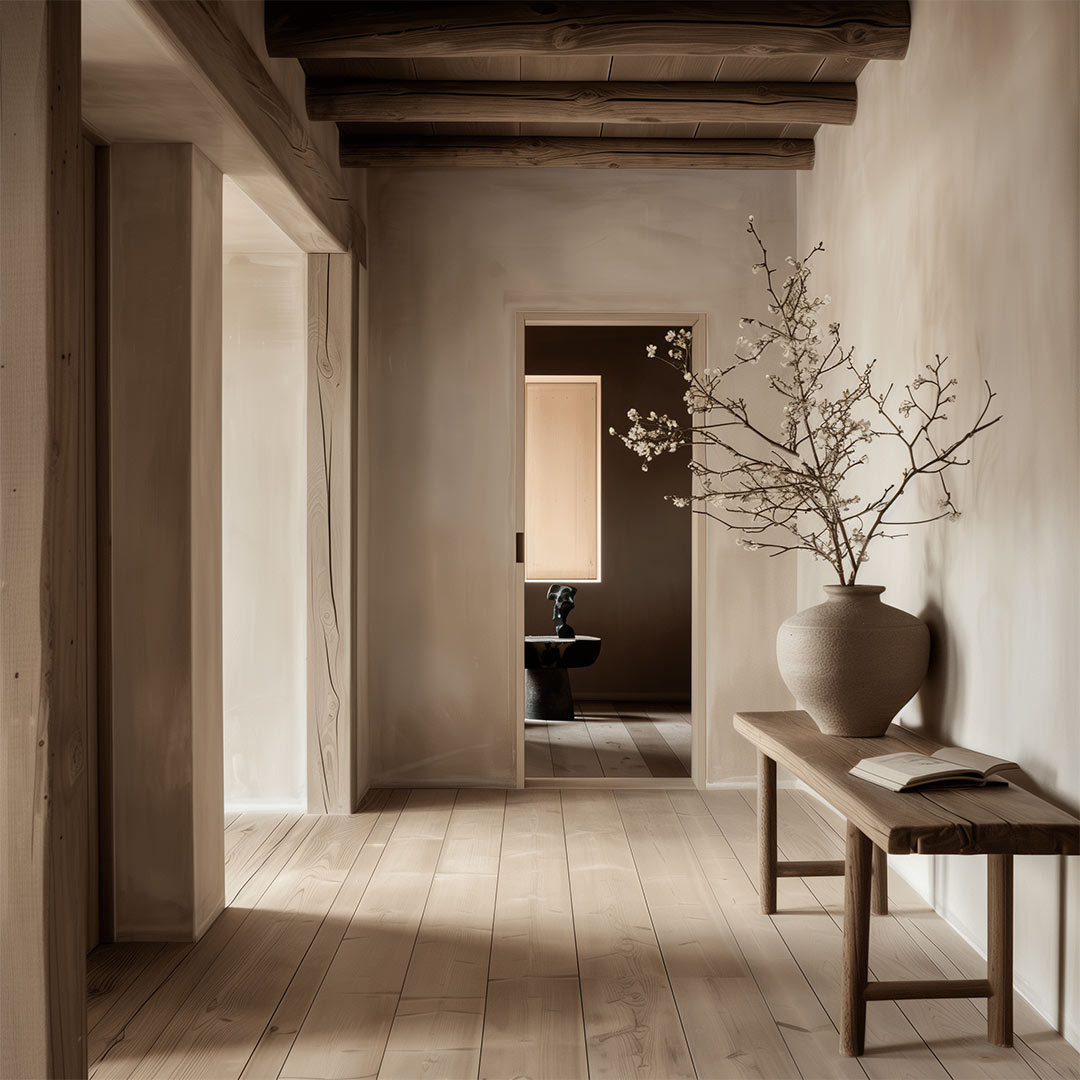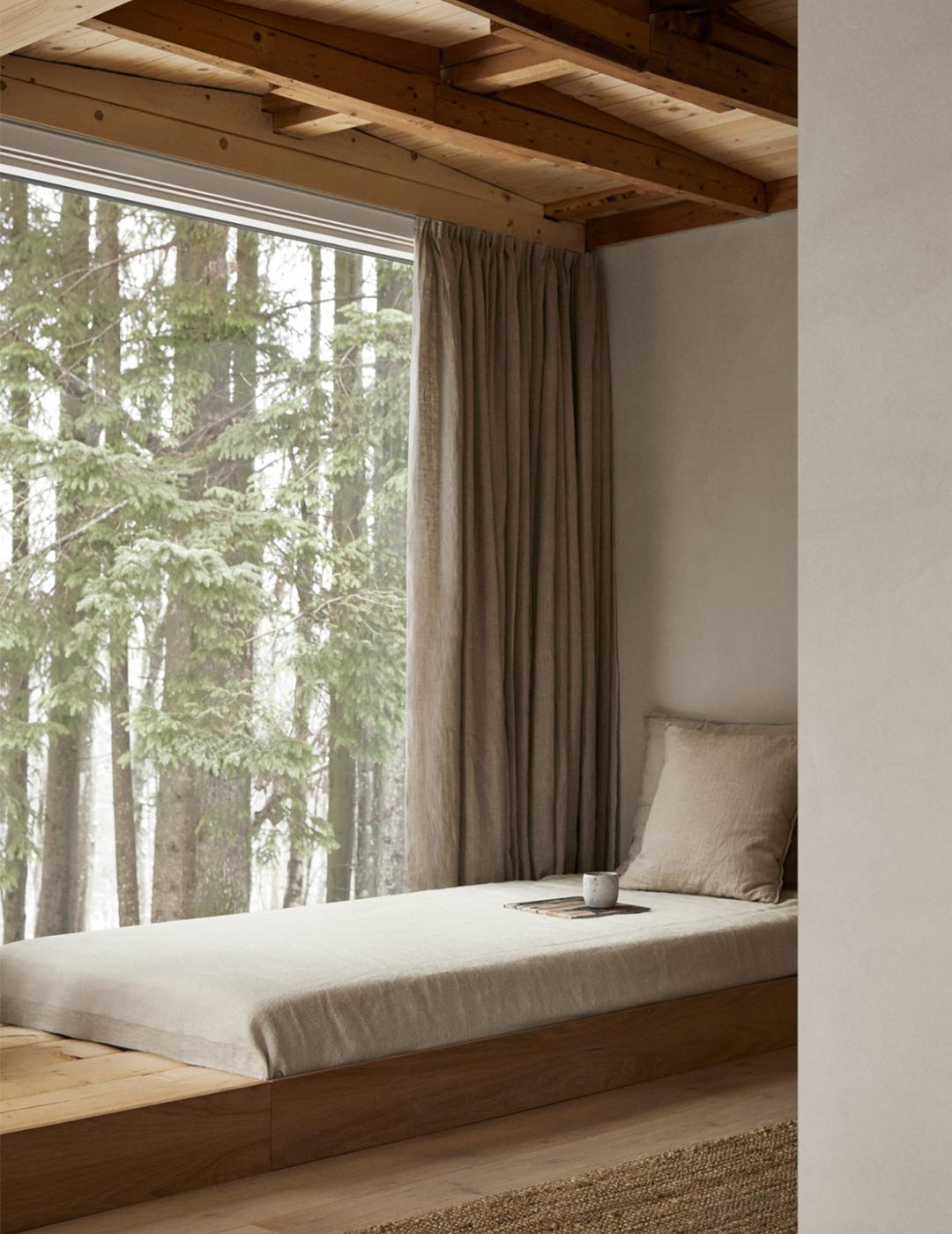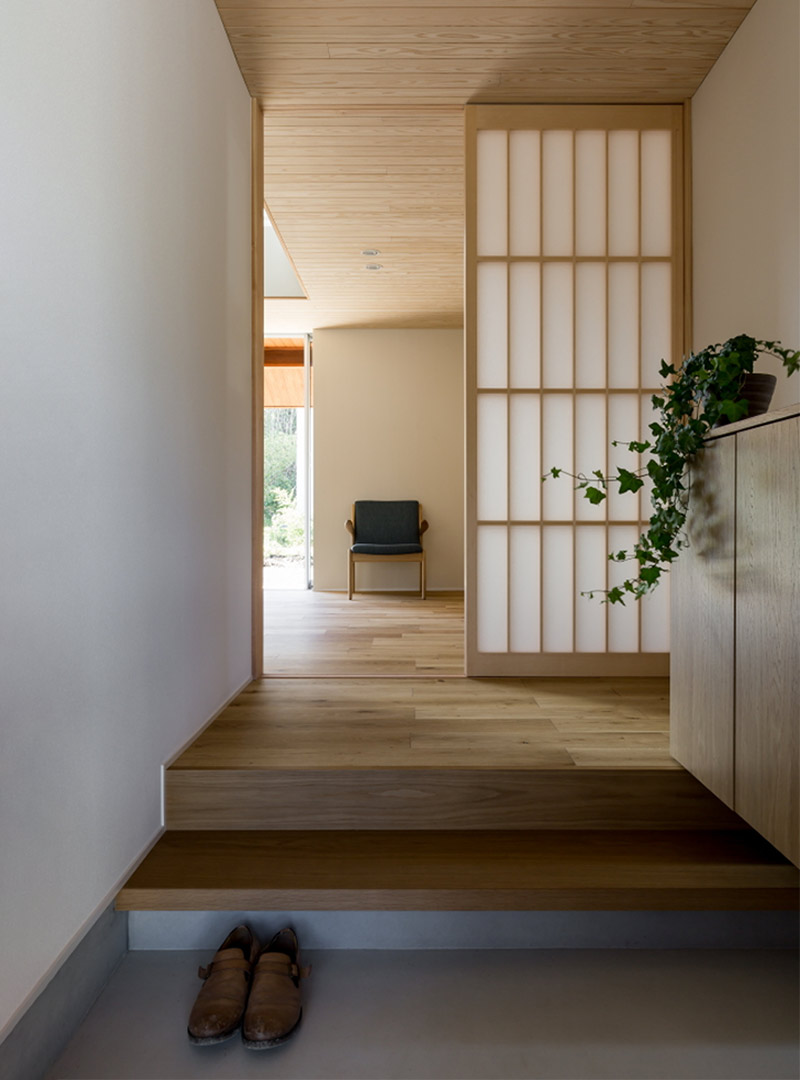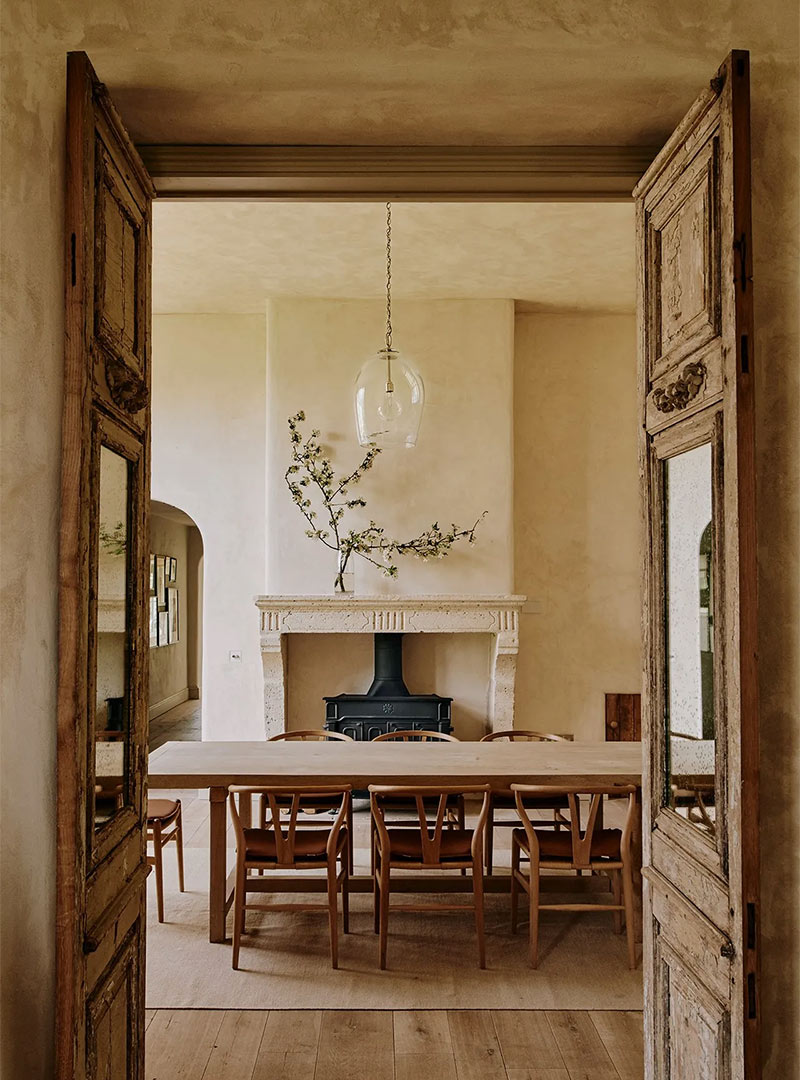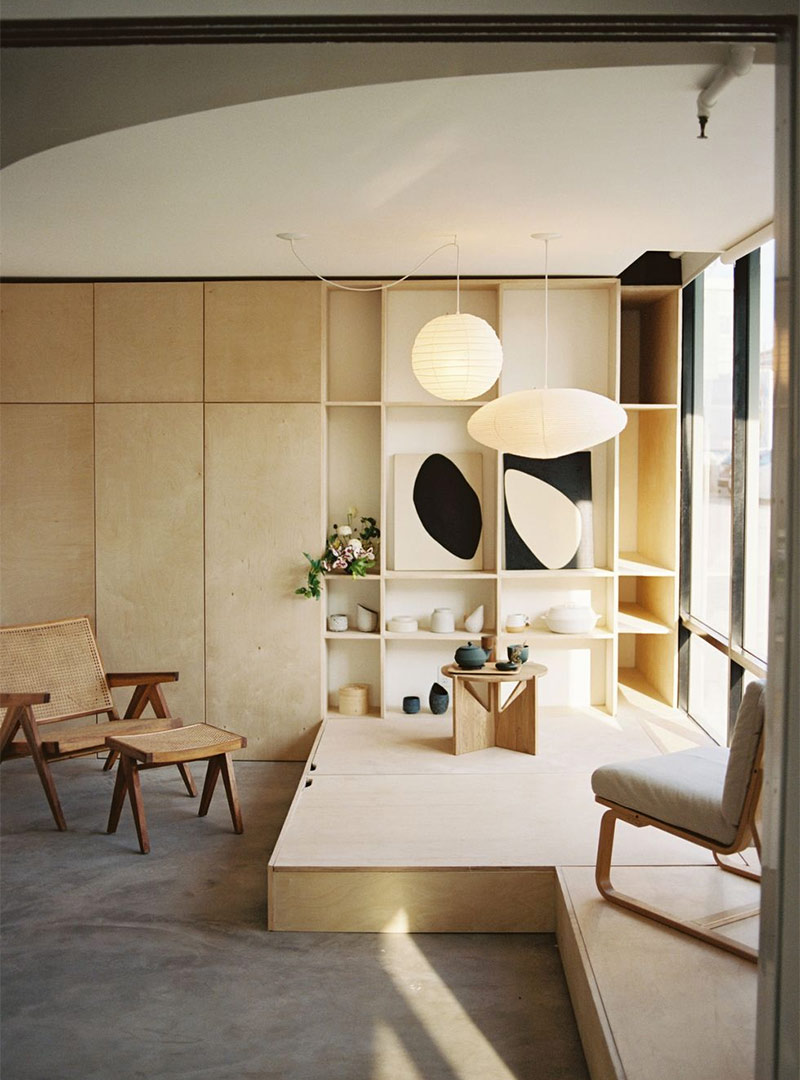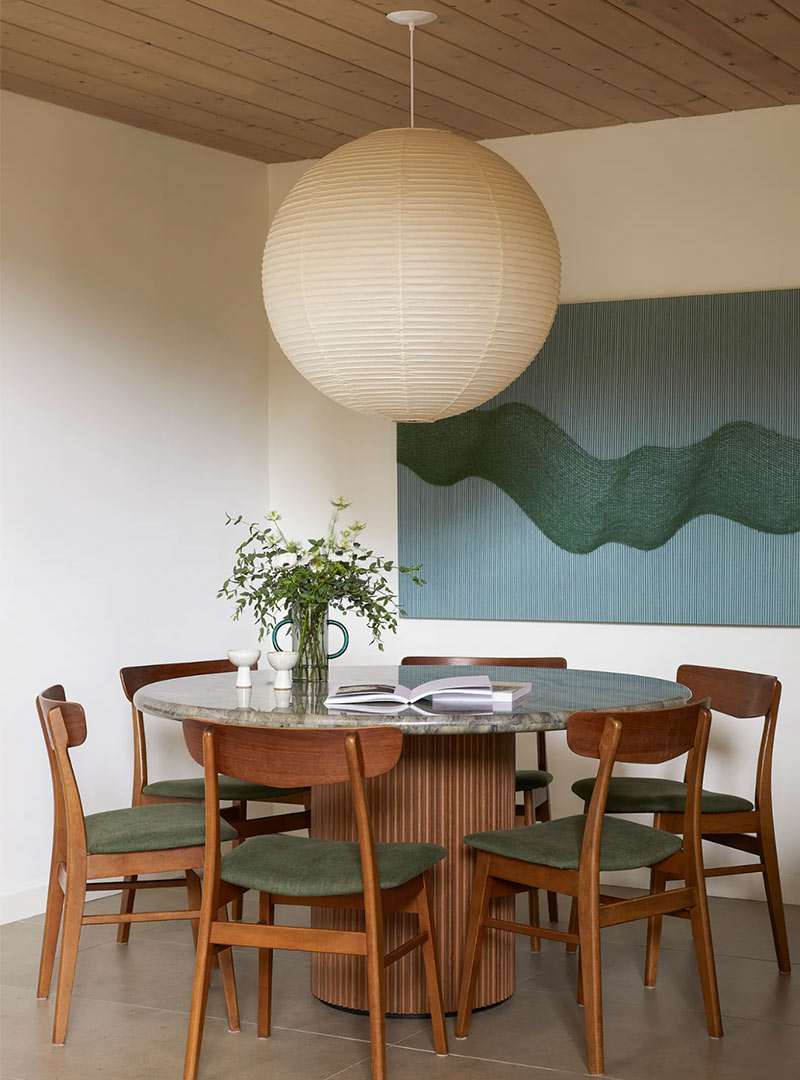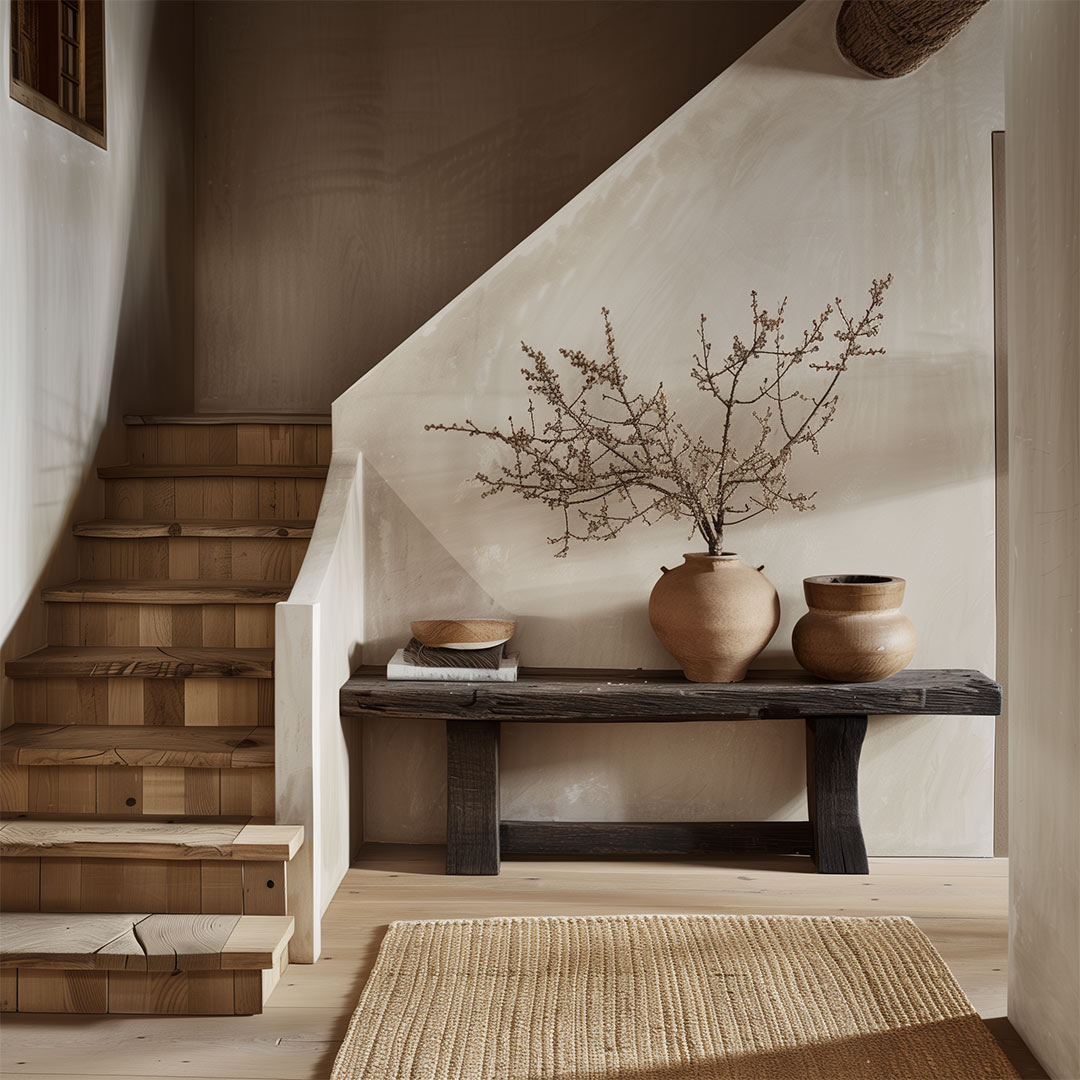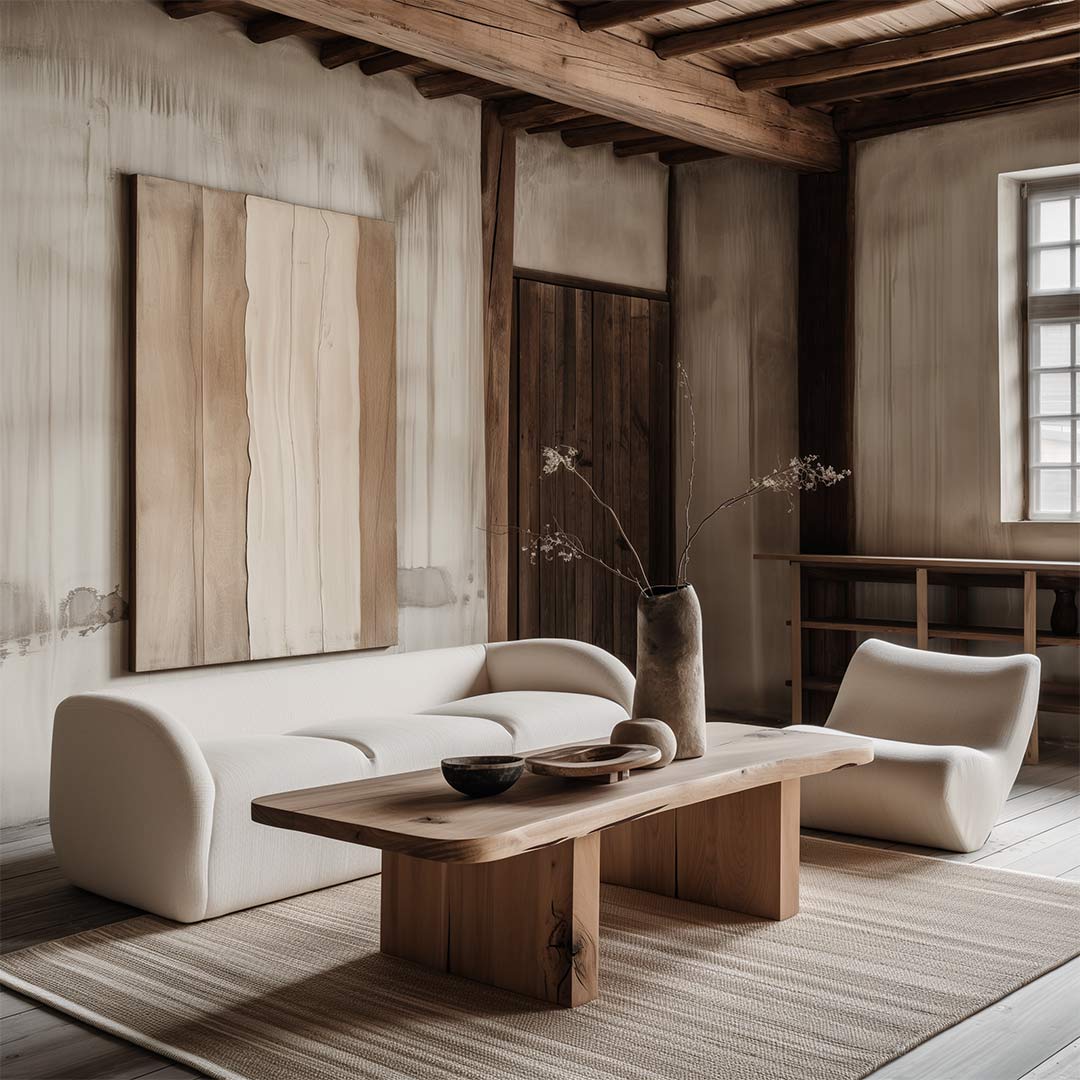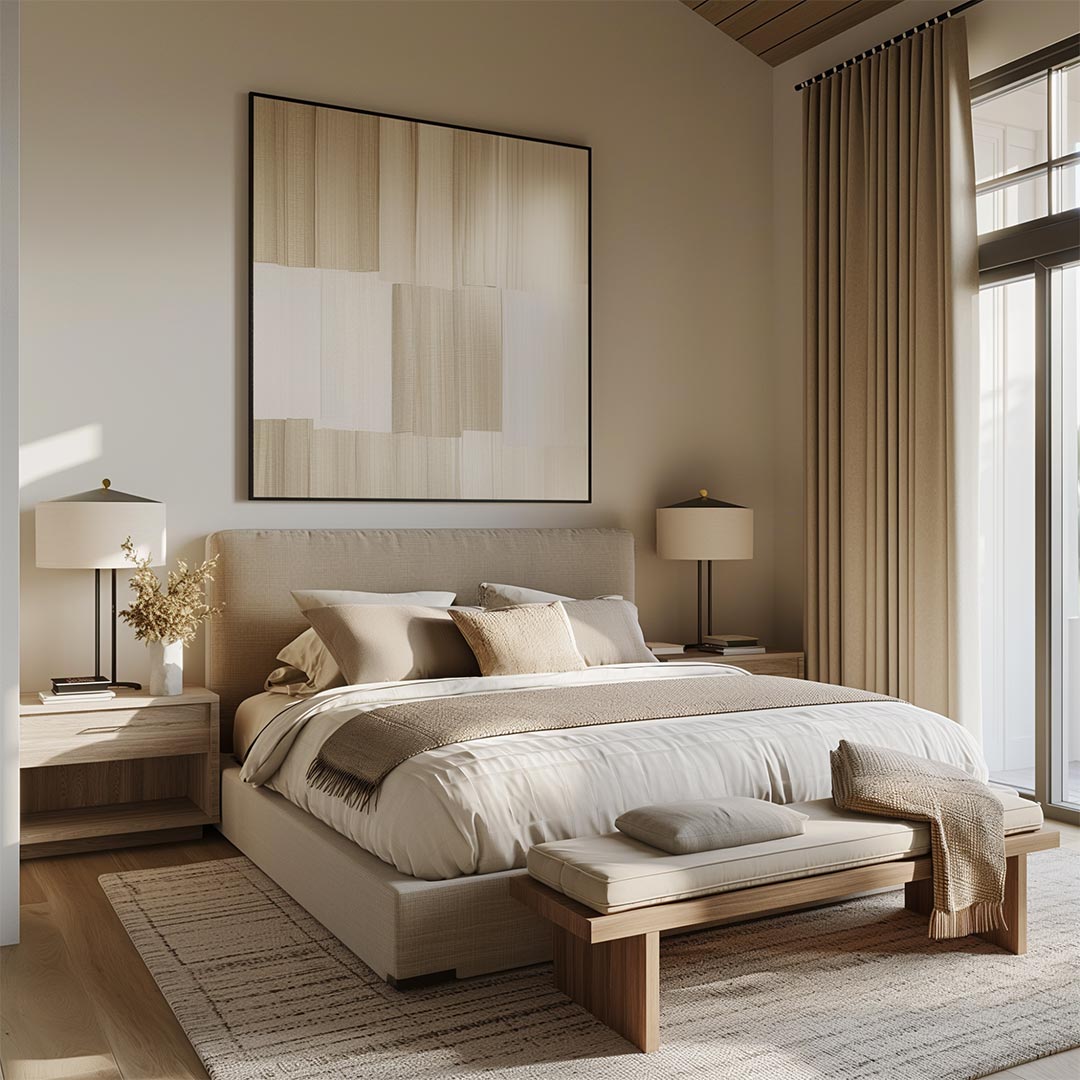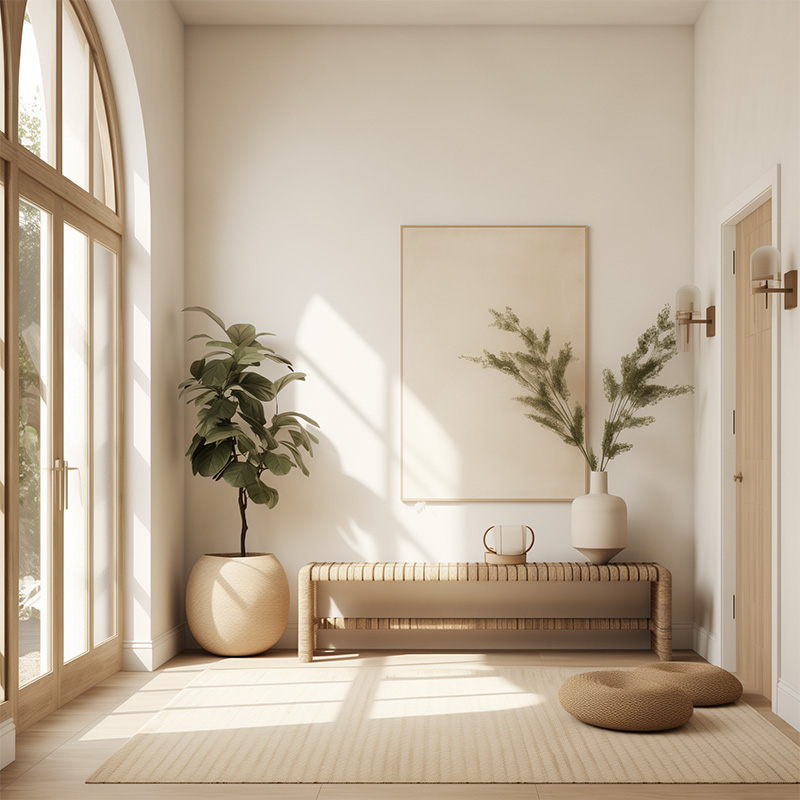Unlocking the Origins and History
Japandi style, a captivating blend of Japanese minimalism and Scandinavian simplicity, has become a prominent force in contemporary interior design. The roots of this fusion lie in the shared principles of both design philosophies—clean lines, neutral palettes, and a dedication to sustainable minimalism. It’s a delicate dance between two cultures, resulting in a unique aesthetic that marries tranquility and functionality.
Japandi At Home
The intriguing history of Japandi style is as diverse as its influences. While there’s no single inventor, the style emerged organically as a response to the desire for balance and harmony in interior spaces. Its rapid ascent to popularity can be attributed to its timeless appeal, drawing homeowners seeking a sanctuary that embodies both simplicity and sophistication.
As an interior designer with a passion for Japandi, I’ve witnessed its allure firsthand. Designers and Homeowners alike are captivated by its ability to create serene, uncluttered spaces that are both visually stunning yet highly functional. Conversations with clients convey a shared appreciation for the style’s adaptability to diverse tastes and the calming influence it brings to modern living.
Comparing Japandi, Wabi Sabi, and Chinoiserie
While Japandi shares common threads with Wabi Sabi and Chinoiserie, distinctions arise in their core principles. Wabi Sabi embraces imperfection and transience, translating to minimalism. While Chinoiserie leans towards ornate elements like the lush garden scenery found on wallpaper and decor. Japandi taps into many timeless styles offering moldable elements that you can make your own. Tailoring your home to embody your personal philosophies.
Timeless or Trendy?
The question of whether Japandi style is timeless certainly prompts contemplation. In my professional opinion, its enduring appeal lies in the adaptability of its core elements. While trendy now, the timeless qualities of clean lines, neutral hues, and natural materials suggest that Japandi may well withstand the test of time. To those hesitant about embracing a trend, I emphasize the style’s ability to evolve with individual preferences, ensuring a rooted and lasting connection to your living space.
Photo Credit: AI Design by J. Reiko Design + Co
Defining Japandi Interior Design
- Japanese Influences:
- Neutral color palettes
- Clean lines
- Abundant natural light
- Minimalist design aesthetic
- Not Included: Vibrant red hues
- Scandinavian Influences:
- Soft and natural materials
- Open spaces
- Lack of clutter
- Open shelving
- Not Included: Bold prints commonly found at Ikea
Photo Credit: Norm Architects
Exploring Japandi Through Literature
For those delving into Japandi design, these publications offer invaluable insights:
- “Japandi Living” by Laila Rietbergen
- Review: A comprehensive guide, seamlessly weaving theory and practical tips. Rietbergen captures the essence of Japandi living, making it accessible to both novices and design enthusiasts.
- “Japandi Style” by Agata Toromanoff and Pierre Toromanoff
- Review: A visual delight, this book delves into the finer details of Japandi style. While the imagery is captivating, a deeper exploration of practical applications would enhance its value.
- “Wabi Inspirations” by Axel Vervoordt
- Review: “Legendary Belgium antiquarian and art collector Axel Vervoordt’s interiors represent some of the most coveted rooms from layered and luxurious to monastic and minimal, reflecting the influence he derived from the Buddhist principle of “contradiction.” In Wabi Inspirations (Flammarion) Vervoordt, a student of Zen, gives his personal take on an ascetic developed in the twelfth century that advocates simplicity, authenticity, and imperfection. Vervoordt, working with Japanese architect Tatsuro Miki, uses natural materials to maximum effect as brilliantly seen in 350 dazzling color illustrations.” ~VANDM.com
Continuing the Journey with designers at the forefront of the Japandi movement
Stay connected with the pulse of Japandi design by following these influential voices on social media:
Dive into the world of Japandi, where elegance meets simplicity. Whether you’re a seasoned enthusiast or a newcomer, we look forward to seeing how this design style transforms with time.
Photo Credit: Norm Architects
Photo Credit: Joanna Vesty
Photo Credit: Justin Chung
+ Architecture: Only Way is Up Design
Photo Credit: Cathie Hong Interiors + Margaret Austin Photo
↓ Shop this post
Explore AI Designs by J. Reiko Design + Co
Photo Credit:
AI Design by J. Reiko Design + Co
Photo Credit:
AI Design by J. Reiko Design + Co
